Despite important progress through years of international assistance around counterterrorism, counterinsurgency, humanitarian efforts, and state-building, peace and stability remain elusive in Somalia. On April 6, the Africa Security Initiative in the Foreign Policy program at Brookings hosted a discussion with experts on the challenges Somalia faces now and potential paths forward.
Brookings Senior Fellow Michael O’Hanlon remarked that Somalia “has essentially been in one degree or another of chaos and civil war” ever since former President Siad Barre was deposed in 1991. Amidst ongoing conflict, he pointed to areas of hope today: There is stability in Puntland and Somaliland; the federal government in Mogadishu was formed peacefully and through at least quasi-democratic means; and there has been progress in security and socio-economic matters since the height of al-Shabab’s rule almost a decade ago.
Stephen Schwartz—appointed in 2016 as the first U.S. ambassador to Somalia since 1991—described the challenges he saw when he arrived in mid-2016: rampant corruption, a lack of social trust, persistent insecurity, inadequate government revenue and capacity, and limited government presence in much of the country. And he pointed to progress, including presidential elections and the peaceful transition of power from former president Hassan Sheikh Mohamud to the current president Mohamed Abdullahi Mohamed. While the vote “was not comprehensive and universal,” Ambassador Schwartz explained, “people from every part of the country were able to vote for parliament in some numbers.” The new parliamentarians organized a free and fair vote for president and conducted it well and transparently, according to Schwartz, ultimately choosing a very strong candidate. The new government enjoyed a high level of legitimacy and inspired hope. “The Somalia of today is vastly better and more hopeful than the one of 10 years ago or 20 years ago,” Schwartz concluded.
Vanda Felbab-Brown, a senior fellow at the Brookings Institution, spoke of her December 2017 fieldwork in Somalia in preparation for a United Nations University report on amnesty, leniency, and defectors’ program in Somalia (forthcoming in May). She explained: “Al-Shabab is only one of at least 60 warring actors in Somalia, and so Somalia will not achieve peace unless it starts doing a much deeper reckoning with the multiplicity of armed actors there.”
Although al-Shabab is estimated to number only between 2,000 and 3,000 active fighters, it controls vast segments of Somalia and is present throughout, including in Mogadishu where it regularly conducts attacks as well as collects taxes. While clan rivalries have divided other groups, al-Shabab manages to raise above clan politics. Al-Shabab also frequently outperforms the federal government, states, and powerbrokers in delivering better security, such as long roads, and reliable and not corrupt—if sometimes brutal—justice, particularly in resolving property disputes.
Although the African Union Mission to Somalia (AMISOM) formally has about 22,000 forces in Somalia, Felbab-Brown explained that it’s not clear how troops are actually deployed. She also pointed to AMISOM’s inability to hold territories nominally cleared of al-Shabab and its minimal interaction with local populations. Similarly, the Somali National Army (SNA) remains critically weak, Felbab-Brown explained, even though the international community funds it with some $240 million per year. Among 29,000 SNA troops, she added, “maybe there are some 12,000 SNA soldiers that have a weapon, that have some ammunition, and that have some level of capacity to perform on the battlefield.” But even that force remains debilitated by corruption and clan-based rifts, with physical infighting among the clan and commander factions within the SNA not unusual.
Landry Signé is a David M. Rubenstein Fellow in the Global Economy and Development Program and Africa Growth Initiative at Brookings. Agreeing that there are signs of hope in Somalia, he also presented a number of troubling indicators: Freedom House gives Somalia the worst possible score on civil and political rights, for instance. In this area, “we are still very far from a strong improvement, and the score has not changed since 1999,” said Signé. On other measures, like state fragility, Somalia ranks among the worst as well.
Prof. Signé emphasized that Somalia’s challenges are often intertwined. Much comes down to “the limited ability of the state to provide basic public services, and goods to the citizens, including security, health, education, and even territorial integrity,” he concluded. As such, solutions “can only be at the nexus between security, state capacity, domestic resource mobilization, and accountability.”
Signé further elaborated on five critical solutions for Somalia:
- Security reforms: Somalia ranks seventh in the world in terms of highest impact of terrorism, so security reforms are vital for protecting citizens and ensuring territorial integrity.
- State capacity and effectiveness: Building an effective and non-corrupt state, with strong rule of law and an effective public administration that successfully delivers basic public goods and services is critical for nation-building.
- Domestic resource mobilization: Mobilizing domestic revenues—and thus reducing reliance on foreign aid—is critical to accomplishing the above goals. In addition, when citizens pay taxes, they demand more accountability.
- Economic reforms: Young people represent more than 70 percent of Somalia’s population, and the unemployment rate is as high as 67 percent. So economic reforms, especially those aimed at creating jobs for young people, are key to avoid vulnerability to violent extremism, especially where over 50 percent of the population lives below poverty line. More economic freedom, increased agricultural productivity, diversification, industrialization, and better deterrents to and management of shocks (which create food insecurity and poverty) are key.
- Accountability: Since Somalia is heterogeneous and fractured along ethnic, clan, and cultural lines, an inclusive and accountable government is vital for peace. Accountability has five dimensions: personal accountability by leaders; peer accountability; vertical accountability embodied in free and fair elections; horizontal accountability through strong and independent institutions providing checks and balances; and diagonal accountability through a vibrant civil society.
In closing, Ambassador Schwartz proposed several low-cost ways for Washington to aid stability in Somalia, including—crucially—providing budget support to the financially struggling Somali federal government. An investment of about $100 million annually for up to five years would immediately kick start the federal government’s ability to operate and pay salaries, begin revenue-sharing with federal member states, and build institutions to provide security and services to the population. The financial assistance would accompany a robust public financial management program, with appropriate accountability controls, and would foster national unity by building an important linkage between the federal government and the member state governments.
The Brookings Institution is committed to quality, independence, and impact.
We are supported by a diverse array of funders. In line with our values and policies, each Brookings publication represents the sole views of its author(s).
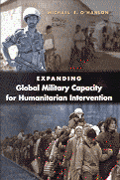

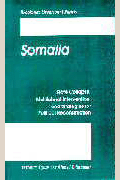
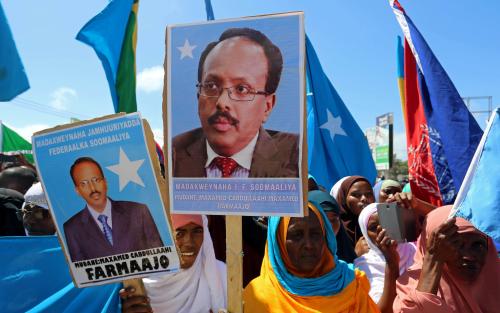
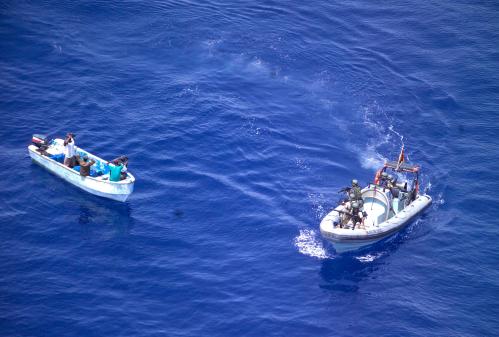
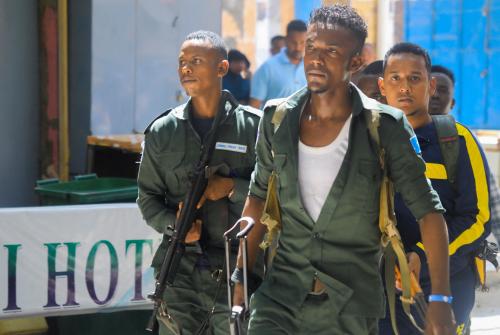
Commentary
Somalia, facing severe challenges, also shows signs of hope
May 3, 2018